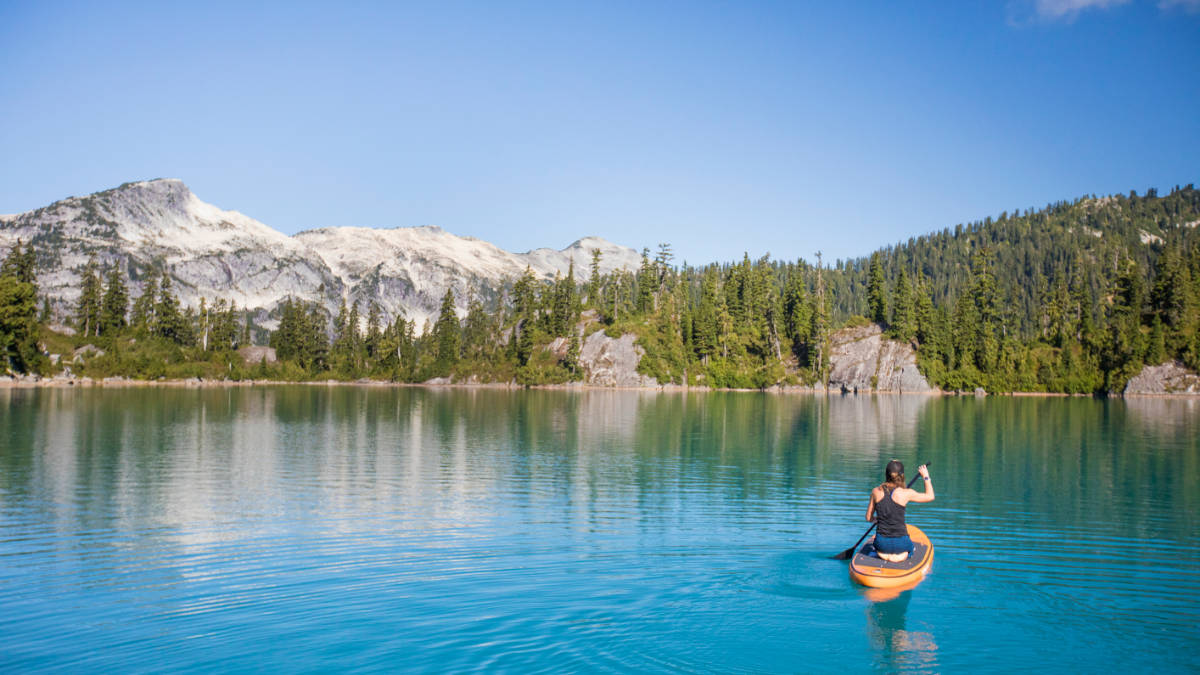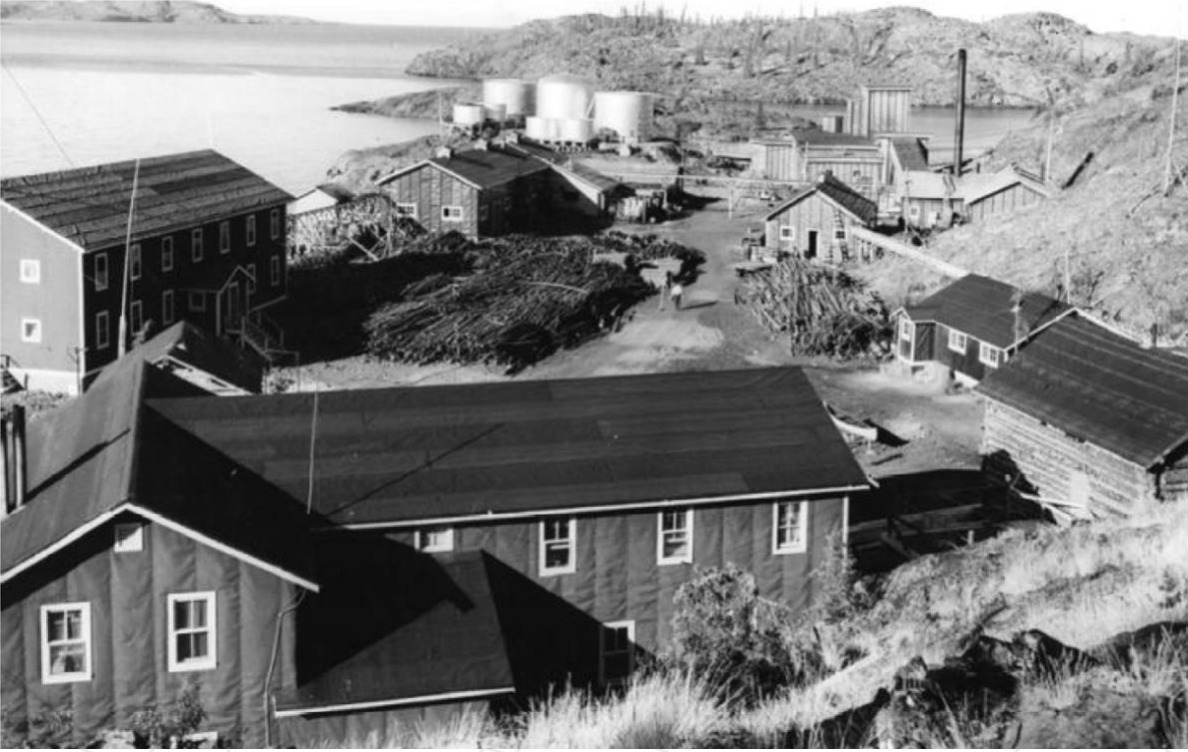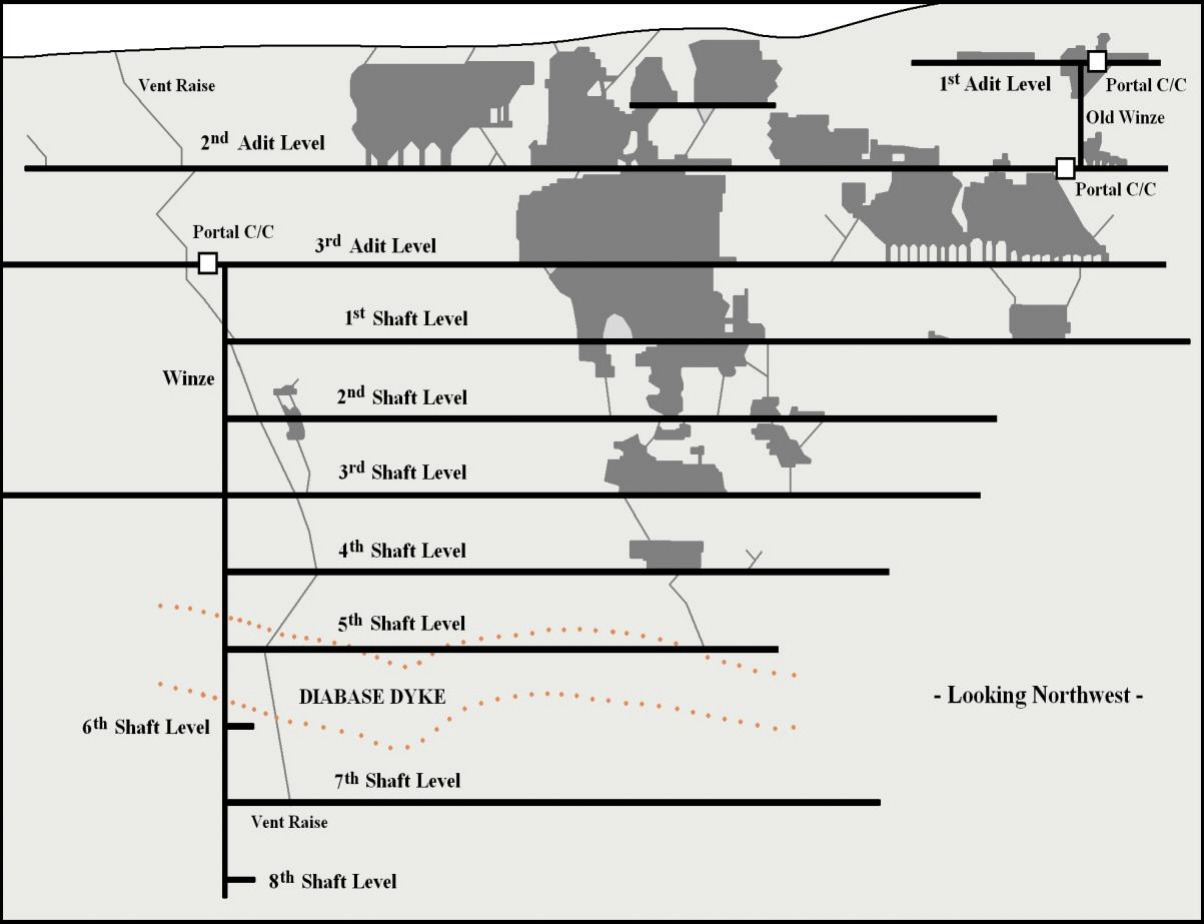White Cliff continues Canadian odyssey with acquisition of historical IOCG-uranium mining operation

White Cliff Minerals has acquired the Radium Point IOCG-uranium project in Canada. Pic via Getty Images
- White Cliff has added the historical Radium Point IOCG-uranium project to its burgeoning Canadian portfolio
- Radium Point was once one of Canada’s largest uranium mining districts, and also produced significant quantities of copper and silver
- Very little exploration activity has taken place in the Great Bear Lake area which has hosted the project for more than 40 years
- Plans under way for maiden exploration campaign in Northwest Territories as WCN considers divestment of its existing Australian assets
White Cliff Minerals has bolstered its blossoming Canadian portfolio with the acquisition of a historical mining operation in a region considered to have the strongest potential for IOCG-uranium style mineralisation in the country.
Previously focused on a range of exploration assets in Western Australia, White Cliff (ASX: WCN) recently diversified its interests into Canada via the acquisition of some 61 mineral claims covering +805km2 in the Coppermine River area of Nunavut.
The company has now added the Radium Point IOCG-uranium silver project in Northwest Territories to its burgeoning offshore portfolio and will soon start looking in and around former mining sites to identify potential extensions to previously exploited mineral lodes, as well as known prospects which have not been followed up.
Covering a massive area in excess of 3,100km2, the Radium Point licences host several historical mining operations, such as the Eldorado, Echo Bay and Contact Lake mines which produced 13.7Mlb uranium, 34.2Moz refined silver and 11.4Mlb copper with gold credits over the course of five decades.
The region last produced uranium via the Eldorado and Echo Bay mines in 1960 but continued to churn out significant quantities of silver and copper until 1982 when all processing activities ceased.
Exploration has been largely non-existent at Radium Point – located on the eastern shores of the Great Bear Lake – since the late 1980s.

Systematic geological evaluation yields a big prize
White Cliff executive chairman Roderick McIllree said the acquisition aligned with the company’s stated objective of securing “large, scalable, high-grade, high-quality uranium and copper projects”.
“This area has seen significant historical uranium, silver and copper production from several mining centres and is located in a proper safe and reliable jurisdiction,” McIllree said.
“We have assumed control of a massive database of information which we are working on validating, however, even an initial cursory review suggests many high-grade, vein fill and IOCG-uranium style anomalies exist throughout the licence holdings.
“Organically growing a project of this scale, quality and prospectivity is rare and represents a fantastic value-accretive event for shareholders.”
Like its Coppermine River project, White Cliff identified Radium Point through what McIllree described as “systematic geological evaluation” of historical mines department paper reports and records.
Coppermine is located just to the north of this latest project acquisition.
White Cliff’s search was also aided by The Northwest Territories Geoscience office, which singled out Radium Point as having the “highest probability” of hosting IOCG-uranium style mineralisation anywhere in Canada.
“The company considers the potential for discovering additional deposits proximal to the historical high-grade mines and surrounding areas to be very high and we have started planning and permitting our 2024 activities,” McIllree said.
“This is a great second addition to our evolving portfolio and I look forward to updating shareholders on several additional high-quality projects we expect to add to the portfolio in due course.”
The new project areas were secured via licence applications submitted to both state and federal regulators in Canada.

A prolific uranium mining district now long forgotten
Radium Point and, in particular, the Eldorado and Echo Bay mines are historically recognised as a significant source of uranium and other metals during World War II.
It was also one of Canada’s largest uranium mining districts at the time, with Eldorado also the first ever mine to open within the Northwest Territories.
The historical production of nearly 14Mlb uranium on the licence area is estimated to represent more than US$2 billion when assuming current yellowcake prices, according to White Cliff.
Uranium production ceased in 1962 but Radium Point remained an active mining area for a further 20 years with a focus on exploiting the silver and copper mineralisation. Over the past four decades, the Great Bear Lake area has seen very little exploration activity, including drilling.
Historical work undertaken prior to 1985 by multiple public institutions and private companies demonstrated what White Cliff believes is “widespread undrilled mineralisation expressed at surface”.
White Cliff adorns the Maple Leaf for 2024
Air and ground-based activities are being planned for White Cliff’s maiden exploration campaign at Radium Point, including sampling to define drill targets in and around the old mines.
Other planned work includes compilation and review of all historical, open data source information not already acquired by the company, as well as processing of all high-resolution satellite-hosted products and aerial photography.
White Cliff also plans to mobilise field crews “in due course” for orientation/reconnaissance and planning.
A C$150,000 facilitation fee – via shares based on a 30-day lookback VWAP to the company’s closing price upon the acquisition announcement – will be paid to a Canadian consultant who completed the application process on White Cliff’s behalf.
Given its growing focus on Canada, the company is currently progressing options to divest some of its Australian assets.

UNLOCK INSIGHTS
Discover the untold stories of emerging ASX stocks.
Daily news and expert analysis, it's free to subscribe.
By proceeding, you confirm you understand that we handle personal information in accordance with our Privacy Policy.








